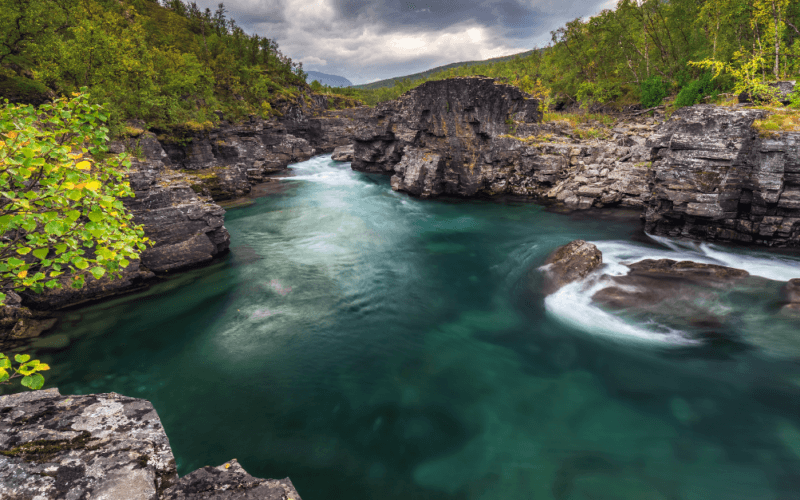journalofserviceclimatology.org – Sweden is blessed with a diverse and breathtaking natural landscape that ranges from the Arctic tundra in the north to the lush forests and archipelagos in the south. The country’s commitment to environmental preservation has not only protected these natural wonders but also made them accessible to tourists, contributing to a thriving eco-tourism industry. This article explores the delicate balance between preservation and tourism in Sweden’s natural landscapes.
Preservation Efforts
Sweden has a long history of environmental conservation. The country’s national parks, nature reserves, and protected areas are testament to its commitment to preserving biodiversity and natural beauty. These conservation efforts are supported by strict environmental laws and a culture that values sustainability and outdoor life.
National Parks and Protected Areas
Sweden boasts 29 national parks, each offering a unique glimpse into the country’s varied ecosystems. From the rugged mountains of Sarek National Park to the serene forests of Dalby Söderskog National Park, these protected areas provide habitats for a wide range of flora and fauna. Additionally, there are numerous nature reserves and other protected sites that further contribute to the preservation of Sweden’s natural heritage.
Sustainable Tourism Practices
Tourism in Sweden’s natural landscapes is guided by principles of sustainability. The country promotes eco-tourism, encouraging visitors to explore nature in a way that minimizes environmental impact. This includes practices such as leaving no trace, respecting wildlife, and using environmentally friendly transportation.
Outdoor Activities and Experiences
Sweden’s natural landscapes offer a plethora of outdoor activities for visitors to enjoy. Hiking, camping, kayaking, and wildlife watching are just a few of the experiences on offer. The Right of Public Access, a unique Swedish principle, allows people to roam freely in the countryside, making it easy for tourists to immerse themselves in nature.
The Impact of Tourism
While tourism brings economic benefits and raises awareness about environmental conservation, it also poses challenges. Increased visitor numbers can lead to overcrowding, habitat disturbance, and other environmental issues. To mitigate these impacts, Sweden has implemented measures such as visitor management plans, educational campaigns, and infrastructure improvements.
Conclusion
Sweden’s natural landscapes are a precious asset that the country is committed to preserving for future generations. Through careful conservation efforts and sustainable tourism practices, Sweden has found a way to share its natural beauty with the world while protecting its environmental integrity. As tourism continues to grow, the balance between preservation and accessibility will remain a key consideration in managing Sweden’s natural landscapes.
